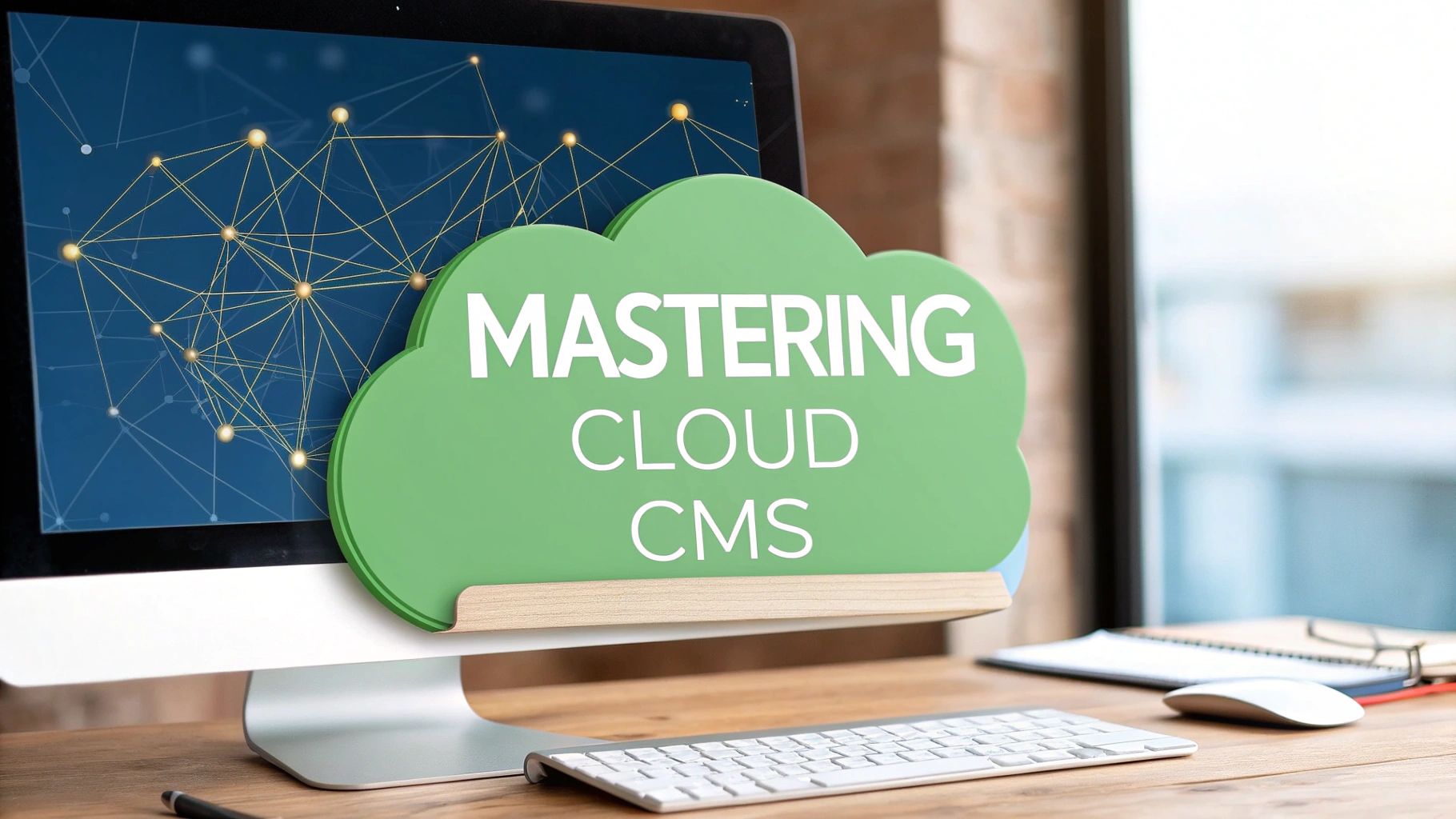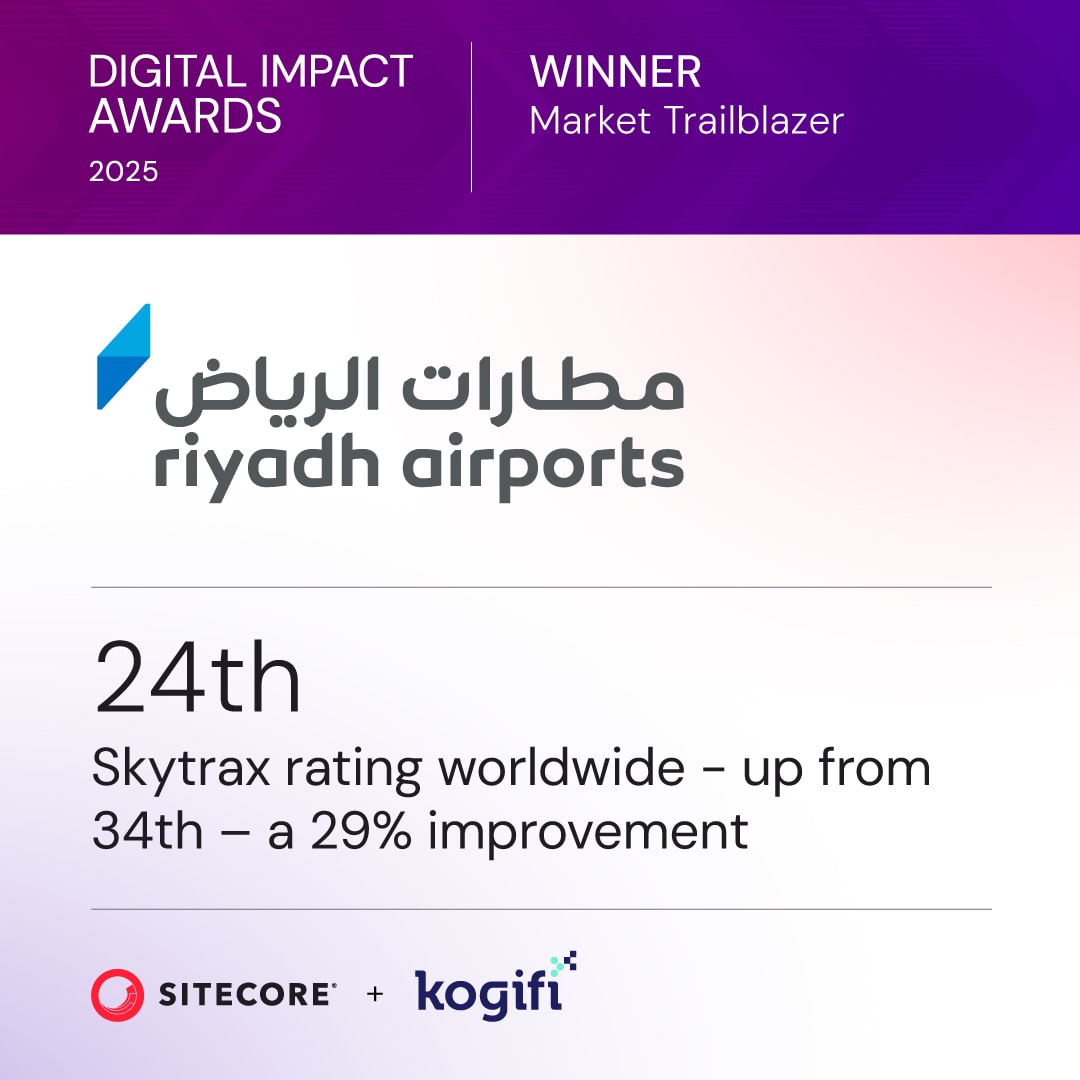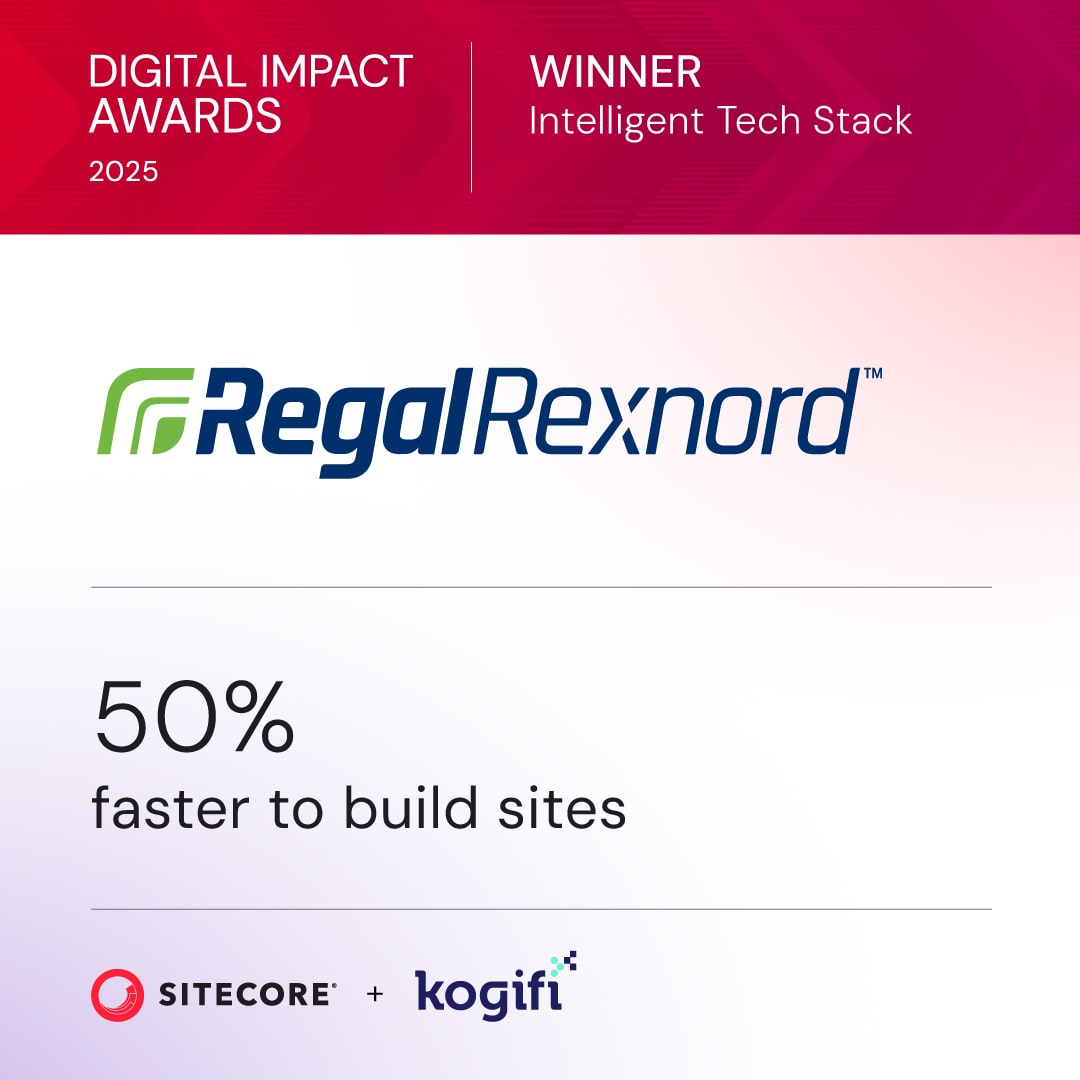D2C (Direct-to-Consumer) and B2B (Business-to-Business) are two business models with distinct approaches to selling, customer relationships, and operational strategies. Here's a quick breakdown:
- D2C: Focuses on selling products directly to individual customers, cutting out intermediaries. Transactions are faster, typically within minutes or days, and often range from $50 to $200. This model thrives on personalization, direct customer engagement, and marketing via social media.
- B2B: Involves selling products or services to other businesses. Deals are larger (often exceeding $10,000) and take longer to close, with multiple stakeholders involved. It emphasizes long-term relationships, detailed product information, and tailored solutions.
Quick Comparison
| Aspect | D2C | B2B |
|---|---|---|
| Target Audience | Individual customers | Business decision-makers |
| Sales Cycle | Quick (minutes/days) | Long (weeks/months) |
| Transaction Value | $50–$200 | $10,000+ |
| Marketing | Social media, direct engagement | Thought leadership, account-based |
| Platform Needs | Personalization, ease of use | Complex workflows, analytics |
D2C brands prioritize speed and personalization, while B2B companies focus on managing complex relationships and sales processes.
B2B vs B2C vs D2C – Simplified like never before!
1. Direct-to-Consumer (D2C) Model
The Direct-to-Consumer (D2C) model bypasses traditional retail channels, connecting brands directly with their customers. This approach has seen significant growth worldwide. In 2024, the D2C eCommerce market was valued at around $200 billion and is expected to hit $350 billion by 2033, growing at an annual rate of 6.5%.
Target Audience and Relationships
D2C brands often appeal to younger audiences who prioritize direct interactions with brands and value personalized shopping experiences. For example, about 70% of Gen Z consumers prefer ordering directly from brands, with social media playing a major role in influencing their decisions.
Preferences for shopping directly on brand websites are also evident across age groups. While 43% of Gen Z shoppers favor this option, the percentage rises to 64% among millennials. Key motivators include better pricing (53%) and perks like free delivery (49%).
What sets D2C brands apart is their ability to build strong customer relationships by leveraging direct data collection. By gathering information such as email addresses, purchase history, and social interactions, these brands can craft tailored communication strategies that foster loyalty.
Sales Process and Transactions
The D2C sales process is designed for efficiency and simplicity. Transactions happen quickly, allowing brands to adapt to customer needs in real-time.
A significant advantage of the D2C model is its use of behavioral data to segment customers and deliver highly personalized campaigns. For instance, brands like Dynamite send curated emails tailored to specific interests, such as office wear, while Instacart cross-sells products based on previous purchases, enhancing the overall shopping experience. Similarly, Amazon employs hyper-personalization to recommend products aligned with a customer’s search history, making the buying process smoother and more intuitive.
This focus on rapid and tailored interactions underscores the importance of digital platforms that combine speed with advanced personalization tools.
Digital Platform Requirements
For D2C brands, having the right digital platform is critical. These platforms enable direct customer engagement while giving brands full control over messaging, pricing, and the overall shopping journey. Key features include:
- Automated inventory and order management
- Advanced personalization engines
- Live chat and chatbot support
- Omnichannel eCommerce functionality
With over 70% of retail traffic now coming from mobile devices, platforms must prioritize mobile-first designs. A seamless user experience across all touchpoints, secure payment options, and tools like integrated CRM and marketing automation are also essential.
Investing in robust platform infrastructure can yield significant returns. For instance, 7 out of 10 retailers report achieving at least a 4X return on investment, along with reduced cart abandonment rates after implementing personalized shopping experiences. Costs for these platforms vary, from $2,000–$5,000 for basic setups to $10,000 or more for custom solutions. Additionally, the rise of headless commerce architecture offers D2C brands the flexibility to deliver content through APIs, ensuring adaptability and unique branding across devices.
This infrastructure lays the groundwork for effective D2C marketing strategies.
Marketing and Personalization
D2C marketing thrives on direct engagement and tailored experiences. Using first-party data, brands create highly personalized campaigns that resonate with their audience. For example:
- L'Oreal's Color&Co customizes hair dye kits based on customer data and offers online consultations to enhance the shopping experience.
- Gymshark leveraged influencer marketing to grow into a $500 million global brand.
Social media plays a pivotal role in D2C marketing efforts. Brands like Licious have used Instagram to run heartfelt campaigns, such as a Mother’s Day promotion that introduced new products while building emotional connections. Sugar Cosmetics has also made waves with custom filters and influencer collaborations, leading to increased sales. Blue Apron has differentiated itself through campaigns focused on its eco-friendly approach to waste management.
Emerging technologies like AI, AR, and VR are becoming integral to D2C strategies, helping brands create immersive and personalized shopping experiences. Additionally, tailoring language and content to local preferences has proven effective in building trust and authenticity.
For larger-scale D2C operations, platforms like Sitecore and Adobe Experience Manager offer the scalability and personalization needed to manage complex customer journeys while maintaining cohesive brand messaging across all channels.
2. Business-to-Business (B2B) Model
The Business-to-Business (B2B) model revolves around selling products or services directly to other businesses. Unlike the Direct-to-Consumer (D2C) approach, B2B transactions are often more complex and involve intricate processes and relationships. By 2023, the global B2B e-commerce market hit a staggering $9.74 trillion, surpassing the B2C market's $6.4 trillion valuation.
Target Audience and Relationships
B2B companies cater to decision-makers like procurement managers, executives, and team leaders who make purchasing decisions on behalf of their organizations. Unlike D2C brands, which focus on individual consumers, B2B businesses navigate organizational structures that rely on collective decision-making. Building trust and credibility is essential in this space, often achieved through thought leadership, detailed content, and direct communication.
Take Salesforce, for example. They use content marketing, educational webinars, and tailored messaging to strengthen relationships with their clients. Since purchasing decisions often involve multiple stakeholders, businesses must showcase their expertise and address the specific needs of each decision-maker. These relationship dynamics naturally lead to more intricate sales processes, which require tailored digital tools and strategies.
Sales Process and Transactions
The B2B sales process isn’t just complex - it’s also lengthy. On average, it takes around 104 days to close a deal, with six to 10 decision-makers typically involved in the process. Adding to this complexity, 77% of B2B buyers describe their recent purchases as highly complicated, and 83% prefer completing transactions online. Interestingly, nearly three-quarters of buyers prefer minimal direct interaction with sales representatives, favoring digital self-service options instead. This trend has pushed businesses to offer detailed product information, pricing transparency, and online purchasing tools to support these sophisticated buying decisions.
Digital Platform Requirements
B2B digital platforms need to address the unique challenges of business purchasing. These platforms must support multiple digital channels and different types of content, accommodating the longer sales cycles typical in the B2B space. Key features include integrated analytics, robust content management systems, and tools for persona-based segmentation and omnichannel content delivery.
Sales enablement is another critical aspect. Features like content tagging, metadata, and resource grouping by use case, target account, or industry vertical can simplify internal workflows. Self-service functionalities are equally important, providing tools like bulk order forms, knowledge bases, and customer portals to handle large-scale purchases by SKU or part number. Additionally, supplier and partner management tools - offering custom catalogs, tailored pricing, and order tracking - are vital for streamlining operations. Platforms such as Sitecore and Adobe Experience Manager are often used to meet these demands, offering scalability and personalization capabilities that align with B2B needs.
Marketing and Personalization
B2B marketing requires a focused, data-driven approach. Instead of broad campaigns targeting thousands of consumers, B2B strategies aim to engage specific accounts and individual decision-makers. Personalization is key, with content tailored to address industry-specific challenges, role-based needs, and individual account requirements.
This level of customization relies on both explicit and implicit data, delivered through formats like newsletters, webinars, and other resources aligned with different stages of the buyer’s journey. AI-driven marketing automation tools take this a step further, using advanced analytics and machine learning to scale personalization efforts. Robust analytics and reporting tools also play a crucial role, helping marketers track performance, evaluate channels, and optimize strategies for the complex B2B sales cycle.
Platforms like Sitecore and Adobe Experience Manager are well-equipped for these challenges, offering the personalization engines and integration tools needed to manage intricate marketing demands while scaling to meet the needs of large enterprises.
Advantages and Disadvantages
D2C and B2B models each come with their own set of benefits and challenges, directly influencing digital strategies and platform needs. Understanding these trade-offs is key to choosing the model that best aligns with your business objectives.
| Aspect | D2C Advantages | D2C Disadvantages | B2B Advantages | B2B Disadvantages |
|---|---|---|---|---|
| Customer Relationships | Full control over customer experience and brand messaging | Higher customer acquisition costs and direct customer service demands | Long-term partnerships with high customer lifetime value | Managing complex relationships across multiple stakeholders |
| Data and Personalization | Direct access to first-party data for tailored marketing | N/A | N/A | Extended sales cycles (averaging 104 days with 6–10 decision-makers) |
| Revenue and Pricing | No intermediary fees, allowing for transparent, volume-driven pricing | Lower transaction values require high sales volume to compensate | Higher margins per transaction through value-based pricing | Increased platform costs due to system complexity |
| Operations | Quick decision-making and agile market responses | Full responsibility for logistics, inventory, and fulfillment | Predictable order patterns from bulk transactions | Complex integration with ERP, PIM, and WMS systems |
| Market Position | Direct brand control and authentic customer interactions | Fierce competition with established retailers | Trusted reputation in business markets | Difficulty maintaining consistent branding across channels |
These differences highlight how each model's strengths and challenges shape their digital strategies. For instance, 91% of consumers prefer brands offering personalized promotions, emphasizing the importance of D2C's focus on tailored experiences. On the other hand, B2B buyers face more intricate purchasing processes - 77% describe their purchases as complex, underscoring the need for robust platform capabilities.
D2C thrives on high sales volume to offset smaller transaction values, while B2B benefits from higher margins per deal but requires more advanced, costly platforms. This dynamic is reflected in operational demands: D2C brands often grapple with scaling logistics and inventory management, whereas B2B businesses must juggle service quality with growing client complexity. These factors also explain why B2B platforms tend to involve higher implementation and maintenance expenses.
Moreover, customer expectations play a pivotal role. While 80% of consumers value personalized offers - making this a D2C priority - B2B companies focus on long-term relationships, leveraging targeted content and thought leadership to navigate the challenges posed by multiple decision-makers within their client organizations.
sbb-itb-91124b2
Conclusion
The distinct nature of D2C and B2B business models creates unique demands for enterprise CMS platforms, making the right choice a critical factor for success. By 2024, U.S. B2B eCommerce is expected to hit a staggering $2.3 trillion, while D2C eCommerce is projected to generate $197.11 billion. These figures highlight the importance of tailoring digital strategies to the specific needs of each model, as their customer behaviors and transaction dynamics differ significantly.
For B2B businesses, CMS platforms need to handle the complexities of relationship-driven transactions. This includes features like customer-specific pricing, advanced account management, and tools that facilitate collaborative decision-making. With longer sales cycles and multiple stakeholders involved, functionalities such as quote management, approval workflows, and detailed product catalogs become essential.
On the other hand, D2C companies thrive on speed, personalization, and direct consumer engagement. Their ideal CMS platforms should excel in marketing automation, personalized user experiences, and streamlined checkout processes. These capabilities help convert visitors into customers efficiently, while targeted promotional campaigns drive repeat business.
Scalability is another crucial factor. B2B platforms must support fewer but larger accounts, often requiring significant customization. In contrast, D2C platforms must handle a high volume of smaller transactions, which calls for infrastructure designed for efficiency and cost-effectiveness.
Customer service needs also play a pivotal role in platform selection. B2B models benefit from CMS platforms that enable robust relationship management and account tracking, ensuring seamless interactions with clients. For D2C businesses, self-service tools, chatbots, and efficient ticket management systems are vital for managing high volumes of customer inquiries.
Ultimately, success depends on aligning your CMS platform with your business model. B2B companies should prioritize tools that foster long-term partnerships and handle complex transactions, while D2C businesses need systems that emphasize personalization and conversion optimization to drive profitability.
FAQs
What’s the difference between D2C and B2B when it comes to digital platform needs?
D2C vs. B2B: Different Needs for Digital Platforms
D2C (Direct-to-Consumer) and B2B (Business-to-Business) models require digital platforms tailored to their unique audiences and goals. The way these platforms are designed reflects the distinct nature of each business type.
B2B platforms are built to manage complex processes. Think bulk ordering, custom pricing for specific accounts, and integrations like EDI (Electronic Data Interchange). These platforms are also equipped to handle longer sales cycles and focus heavily on fostering strong business relationships.
In contrast, D2C platforms are all about creating seamless, consumer-friendly experiences. Features like quick and intuitive purchasing, personalized marketing, and the ability to manage high volumes of smaller, individual orders are key priorities here.
Ultimately, businesses need to ensure their platforms include the right features, integrations, and user experiences that align with the demands of their chosen model.
How do marketing strategies differ between D2C and B2B business models?
D2C marketing thrives on building emotional bonds with customers by offering personalized experiences and encouraging brand loyalty through direct interaction. This often takes the form of storytelling, engaging social media campaigns, and targeted promotions designed to resonate with individual consumers on a personal level.
On the other hand, B2B marketing is all about establishing trust and credibility with business clients. It focuses on fostering long-term relationships and delivering customized solutions. This approach typically includes detailed product information, case studies, and ongoing support, catering to decision-makers and facilitating larger, more strategic deals.
Why do D2C and B2B businesses have different sales cycles, and how does this impact their operations?
D2C vs. B2B: Sales Cycle Dynamics
D2C (Direct-to-Consumer) businesses thrive on shorter sales cycles. They sell directly to individual customers, who often make quick decisions - sometimes on impulse or with minimal research. To capitalize on this, D2C brands emphasize fast order fulfillment and highly targeted, personalized marketing, encouraging immediate purchases.
On the flip side, B2B (Business-to-Business) companies face longer, more intricate sales cycles. Why? Larger transaction amounts, multiple decision-makers, and the need for in-depth discussions or approvals all play a role. This complexity means B2B operations put significant effort into relationship management, offering tailored solutions, and engaging in long-term strategic planning.
In essence, while D2C businesses focus on speed and scalability, B2B companies prioritize trust and delivering customized value over the long haul.








































